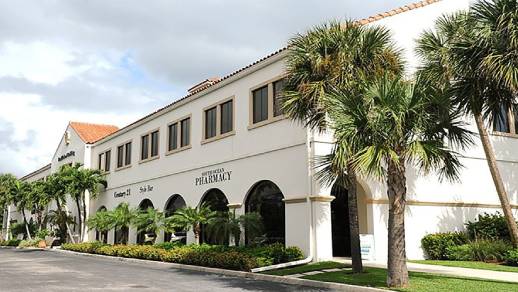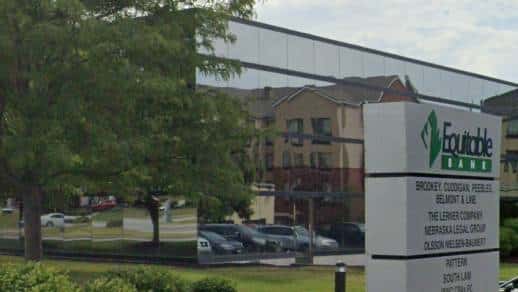Contact Us to Recover Your Investment Losses
Contact Form
New York, NY

-

48 Wall Street,
Suite 1100,
New York 10005 -

Phone: +1 (212) 269–9956
(by appointment only)
Palm Beach, FL

-

2875 So. Ocean Blvd
#200-55
Palm Beach, FL 33480 -

Phone: +1 (561) 997-9956
(by appointment only)
Beverly Hills, CA

-

8383 Wilshire Blvd
Suite 800
Beverly Hills, CA 90211 -

Phone: +1 (310) 299-9775
(by appointment only)
Irvine, CA

-

2030 Main Street
Suite 1300
Irvine, CA 92614 -

Phone: +1 (949) 721–9956
(by appointment only)
Omaha, NE

-

10855 W Dodge Rd
Suite 100
Omaha, NE 68154 -

Phone: +1 (402) 957-1988
(by appointment only)
San Juan, PR

-

American Airlines Building
1509 Lopez Landron St. -PH
San Juan, PR 00911 -

Phone: +1 (787) 905–7630
(by appointment only)





